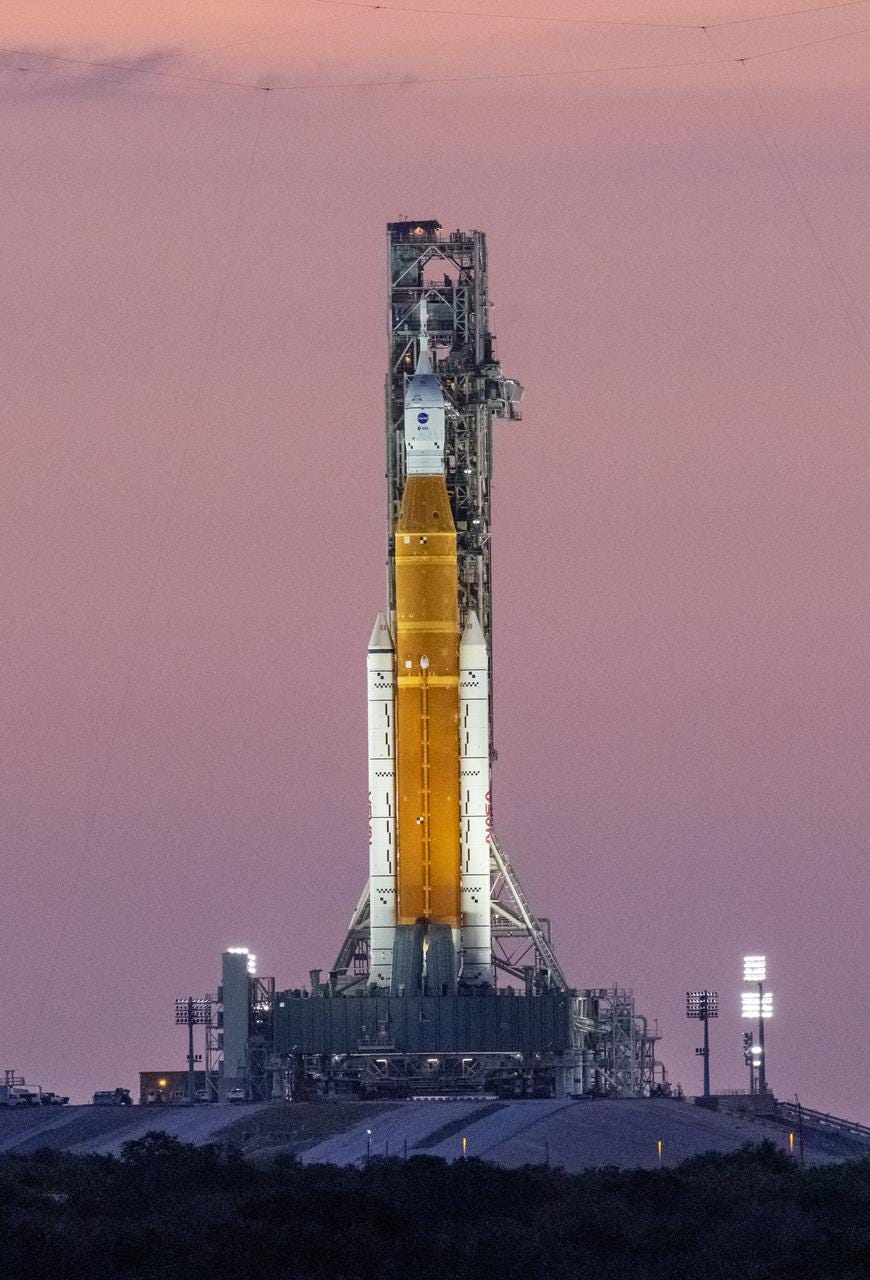The question facing America’s space sector is no longer whether humans will return to deep space, but rather who will lead the journey and capture the economic and strategic advantages that come with it. As 2025 unfolds, the United States confronts intensifying competition from China, a resurgent commercial space industry reshaping traditional approache…
Keep reading with a 7-day free trial
Subscribe to The Journal of Space Commerce to keep reading this post and get 7 days of free access to the full post archives.



